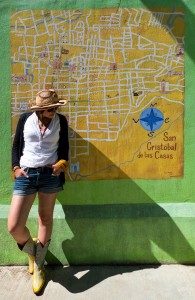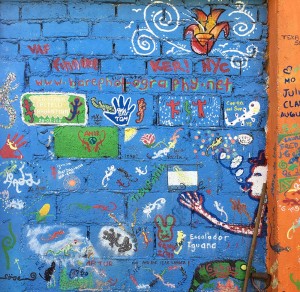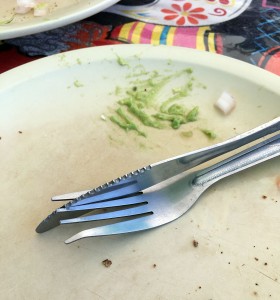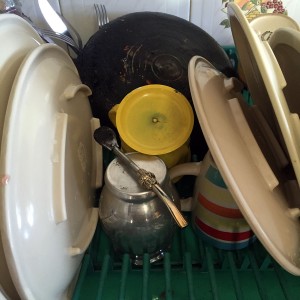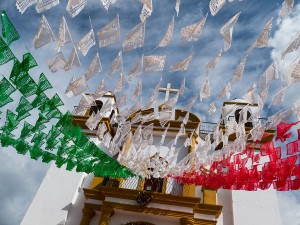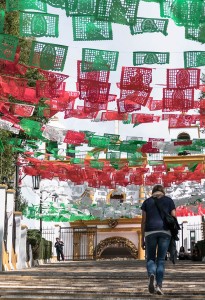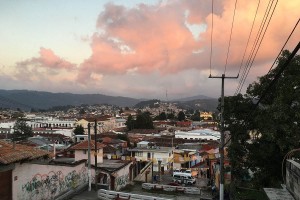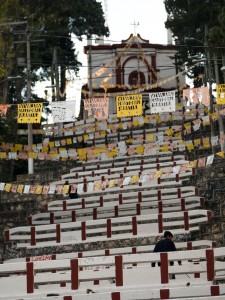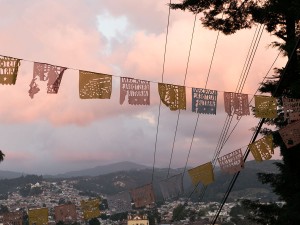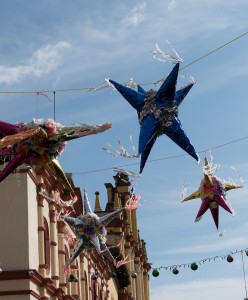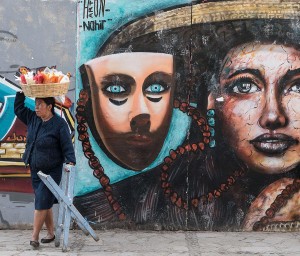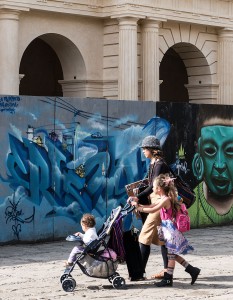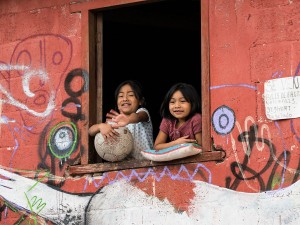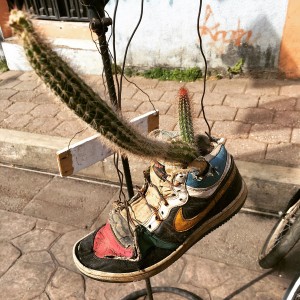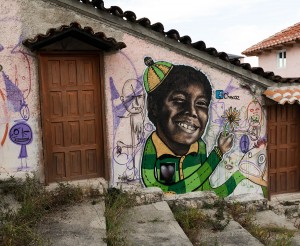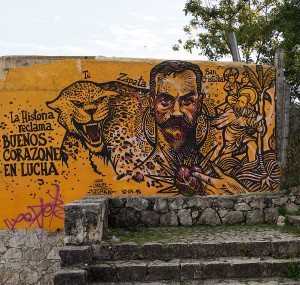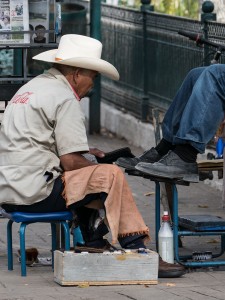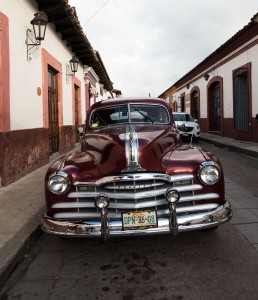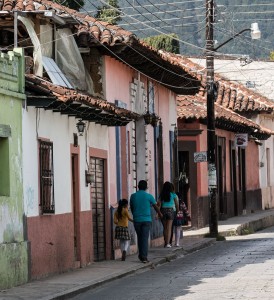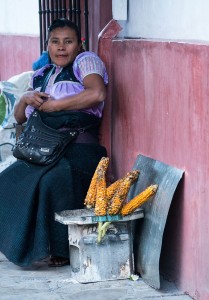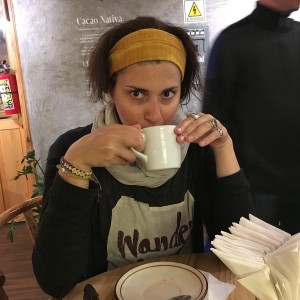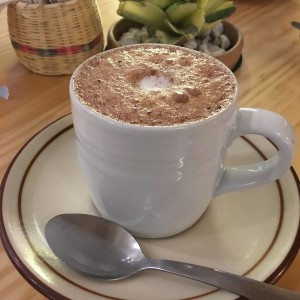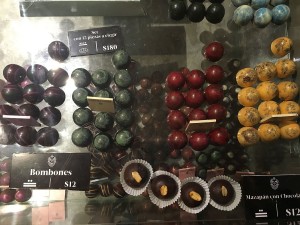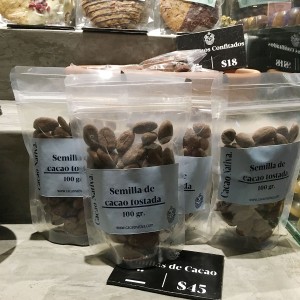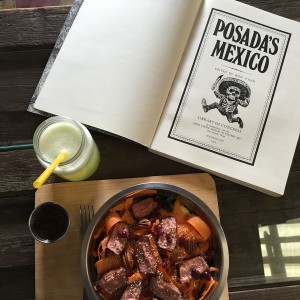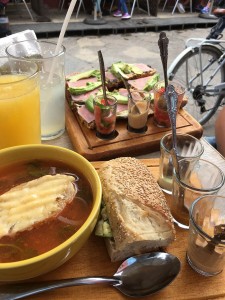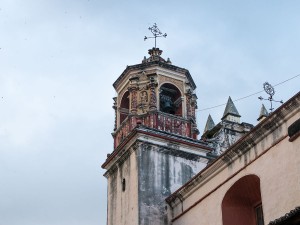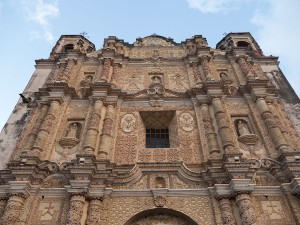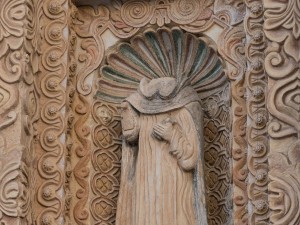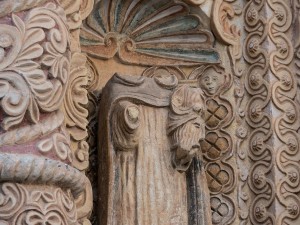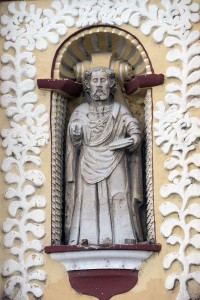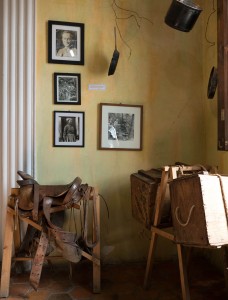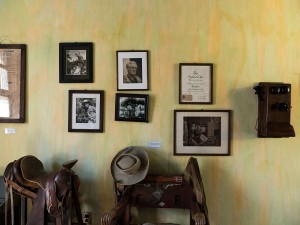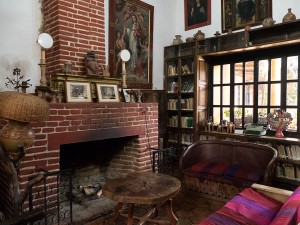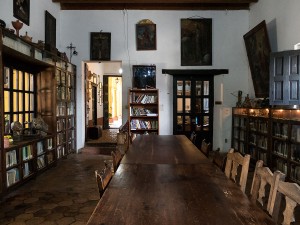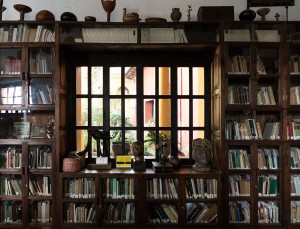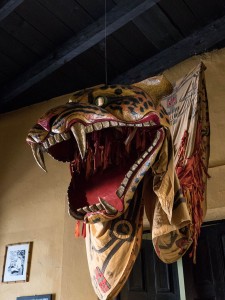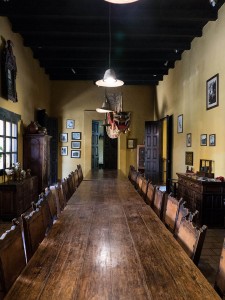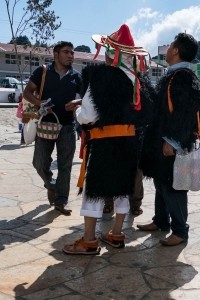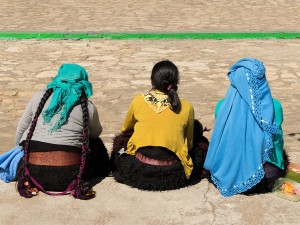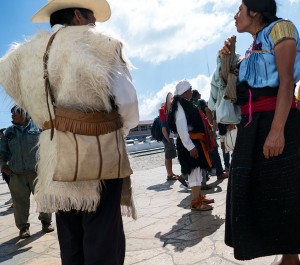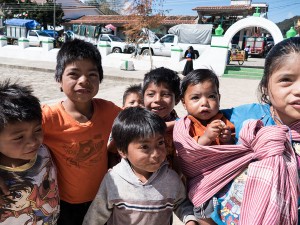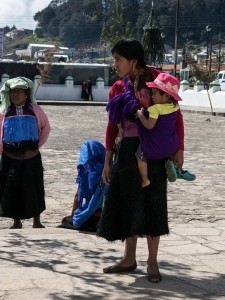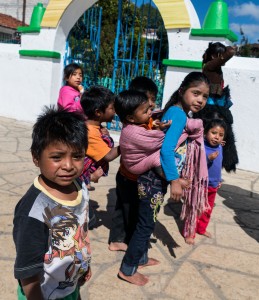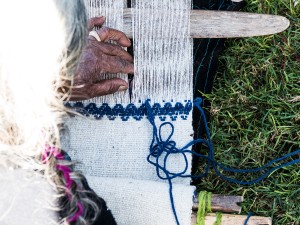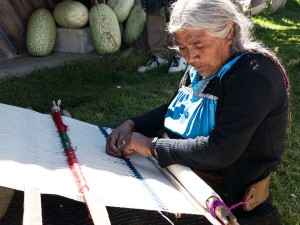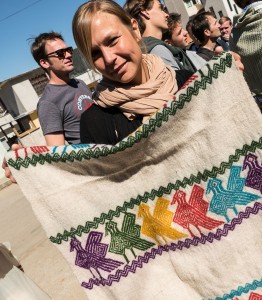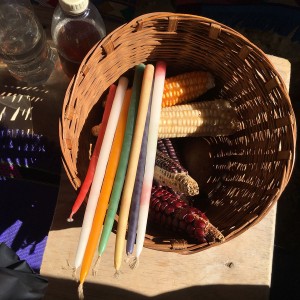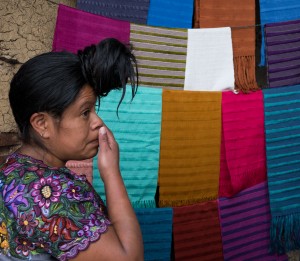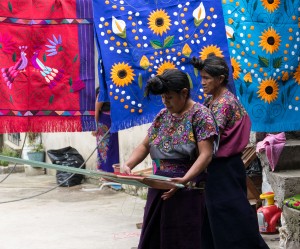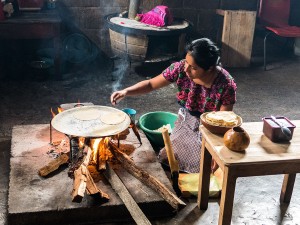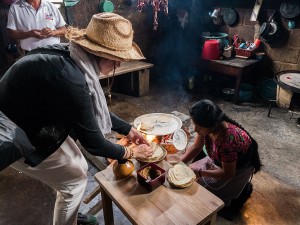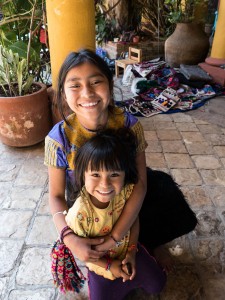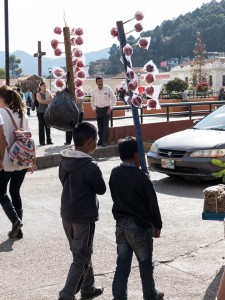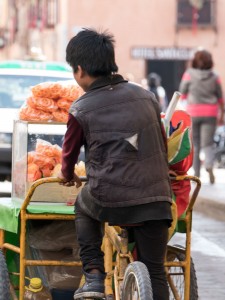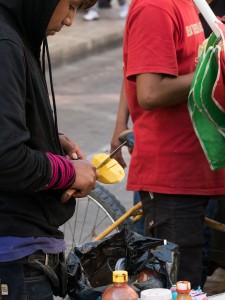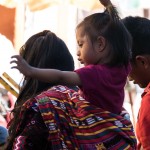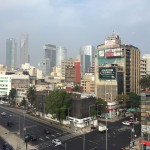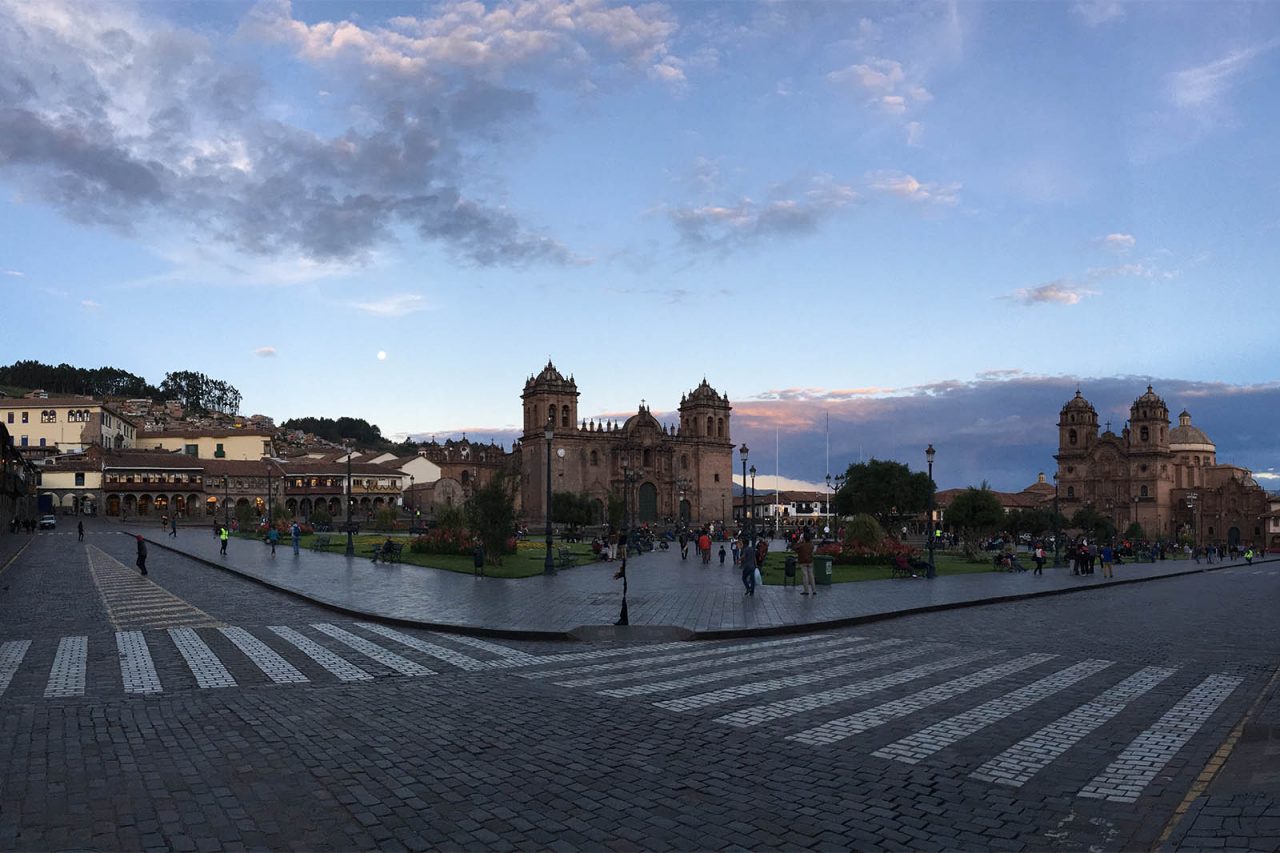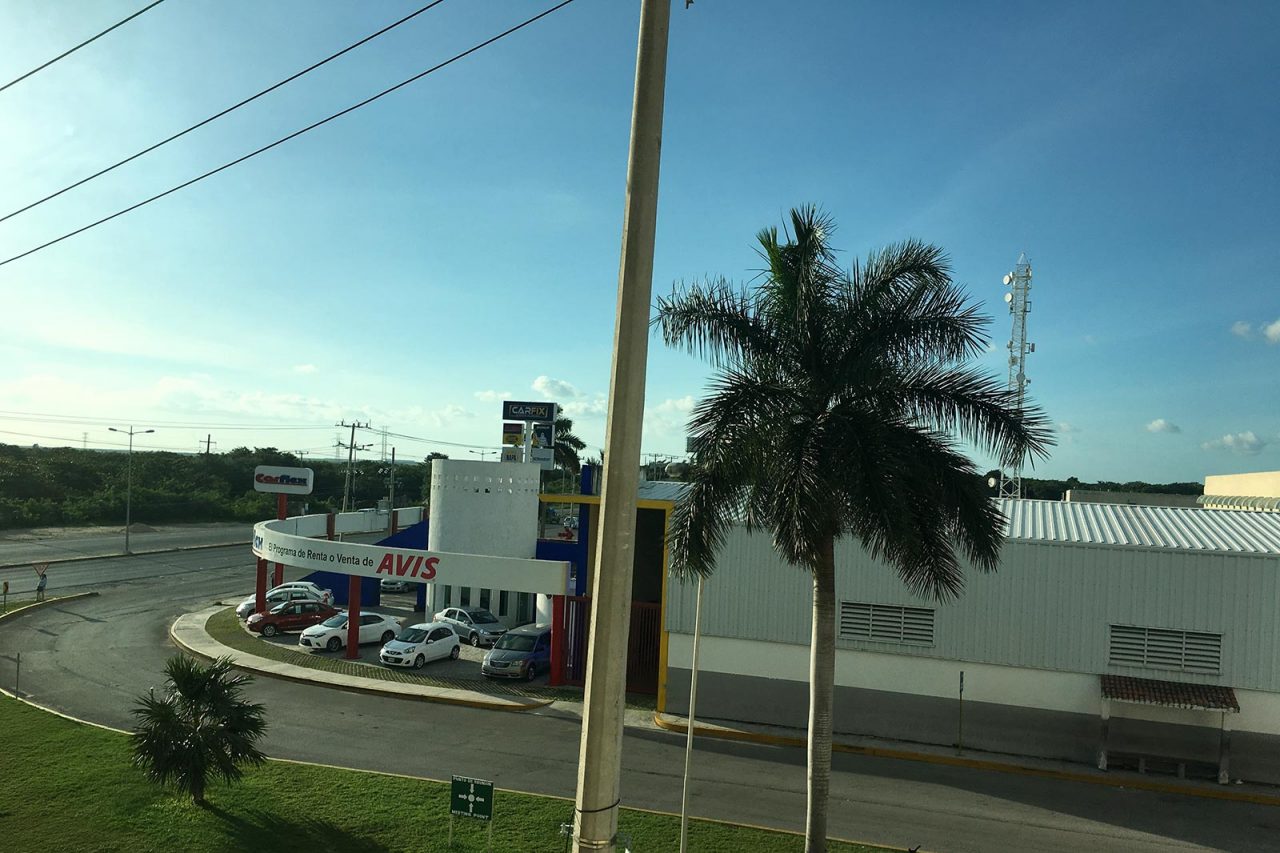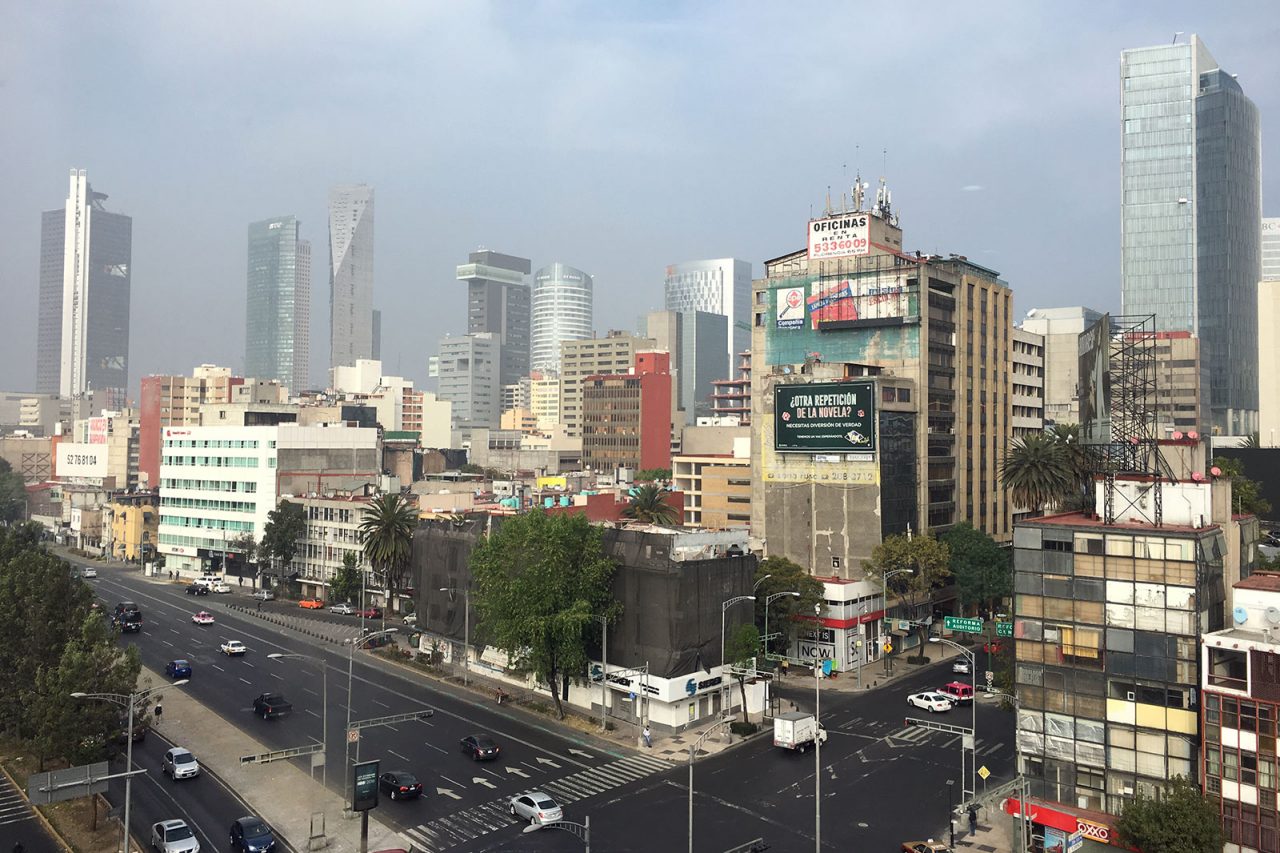Day 16-20: 28 December 2015 – 01 January 2016
Arrived in San Cristóbal de las Casas in the evening after over 10 hours of semi-comfortable travel. It was scheduled 6 hours. Never trust schedules! We were dropped off somewhere close to our hostel and needed to walk another 6-7 blocks. Our excitement was pretty limited, with teeth clenched we made it to our hostel. The room was OK. I went to check the sanitary facilities and came back immediately.
“We move out in the morning!”
I said and went to bed without a shower that night.
The whole hostel atmosphere looked much friendlier, and even funkier in the morning. The bath & Co. were not looking any better, apparently the hygiene had no priority there. As we found out later that morning, it was a part of the concept – imperfect, semi-hippie, funky, alternative… The crowd there was pretty ok, the breakfast was good, Rudy – the guy running the place was a very interesting person, and ex-NGO-member and a participant of Zapatista movement, so that persuaded us not to move and just “get over” the hygiene concept of the hostel.
I personally had no energy for more searches and moving. I was still kind of busy in my mind with my divisive impressions and thoughts of Guatemala and hoping to digest them here in San Cristóbal while chilling around and enjoying life.
The Town
San Cristóbal is considered to be the most enchanting colonial town of Chiapas and Tabasco. It is located in a valley between two hills, is cosy and lively at the same time. On the top of each hill there is a church with beautiful views of the town, so its very much worth to climb there.The town was elegantly decorated for the upcoming New Years (by this time I’ve seen enough x-mas kitsch in Guatemala in Belize) – I truly enjoyed the festive atmosphere here in San Cristóbal. Locals mingled with tourists, both Mexican and gringos, were in laid back mood enjoying themselves, the good weather and the holidays. Talking about the weather: the town is located on over 1200m altitude, which means chilly mornings, warm and sunny afternoons, and again chilly/cold evenings. The temperature was dropping immediately right after sunset or when the sun was behind clouds.
San Cristóbal was touristy, crowded but somehow not annoying. The pedestrian area in downtown, on Real de Guadelupe ending at the main square Zócalo, was really inviting for strolling – restaurants, bars, shops for delis, souvenirs and various touristic services were booming. What I really loved about San Cristóbal is that you could walk 2-3 blocks out the touristic area and find yourself among the locals. In this kind of area was our hostel!
Eating in San Christóbal
By this time my stomach wanted something else but a corn tortilla, althoughI I kept enjoying avocado three times a day. But it doesn’t mean my diet lacked on diversity, as there is no shortage of good restaurants in San Cristóbal. The gastronomic repertoire of the town spans from good local to good international, with numerous vegan and organic places satisfying the taste of demanding travellers. They have their local alcoholic drink called Pox or Posh, kind of a schnapps made of fermented corn (frankly I didn’t try this), and of course have to mention the local coffee and mayan chocolate both of excellent quality. This things were exactly what I desperately missed in Guatemala – something very own done with excellence! This one cup of chocolate mede me feel so comfortable and happy in this town!
The town of 1001 Churches
To describe the amount of churches in San Cristóbal is enough to mention, that at the square where I lived there were two of them, and there was another one two blocks down the street. But one church particularly was striking with the beauty of its facade – El Templo de Santo Domingo. The church of the Dominican Convent is one of the oldest churches in Mexico. Its ornate facade looks so delicate and well preserved. However looking closer you’ll see, that the heads and the hands of the saints and angels are broken off. The same feature can be found on other churches as well.
These damages were done deliberately in 1992 to support the protest of the indigenous population, when the Old World celebrated the 500th anniversary of Columbus Day, the Discovery of the New World. For indigenous population it was rather insulting – there was no need to “discover” them. It was 500 years of resistance.
Exploring the native culture
San Cristobal attracts many tourists with the wish to visit the Sumideiro Canyon and other outdoor stuff. I decided to skip it for this time, as it was going to be very crowded due to the holidays. My plan was to focus on Maya and explore more of indigenous culture in surrounding villages. There are over 60 native languages spoken in Mexico, 20 or so of them in Chiapas. Some of communities living there are less remote that the others.
Is a good idea to start your Maya exploration with a visit of the Casa Na Bolom, a Museum and Cultural Centre in San Cristobal. Here you can learn about the Lacandones – one of the most remote Mayan communities in Chiapas and the only Maya never conquered or converted by the Spanish.
Na Bolom, the Hause of Jaguar, is the house of a danish explorer and archeologist Frans Blom and his wife, Gertrude Duby Blom (Swiss-German). Their were working on behalf of Mexican government to document the life of Lacandones and to create the topographic maps in Chiapas in early decades of the past century. It is a beautiful colonial house with unique displays and photographs. Lacandones escaped Spanish conquerors in the jungles of Chiapas and preserved their culture for centuries. The exhibition shows however, that their last religious ritual, which should be practiced every 8 years, took place in early 70s. These changes began with the increasing contact with the outside world.
There are more accessible villages one can visit and experience “in real”. The most famous ones San Juan de Chamula and San Lorenzo de Zinacatán (Chamula & Zinacatán), located in less that 15 km north-west from San Cristobal. These two villages, that are on almost everyones itinerary visiting the town.
Chamula & Zinacatán
Both of villages are very unique, as they have retained the most of their cultural identity and religion, which is a blend of Mayan Traditionalism and Catholicism. The church in Chamula, for instance, is a very moving sight and one of the most sacred places in Mexico.
Usually I would say “…go ahead, take a bus and go there on your own!” But not in this case: choose a good guide for going there. Let him explain the rituals, and also what you are allowed to do and what not. You really don’t want make anything wrong in Chamula, it can be a real problem. (We choose Alex Y Raul Tours, excellent guides!)
It feels less tensed once you are accompanied by someone they know. The photography is really banned there, as well ad in many other villages in general, but photographing in Chamula is a subject of special attention. I managed to make a few shots in a hidden manner, but kept my camera mostly off.
These Villages are pretty autonomous from Vatican and Mexican government. They have their own spiritual and civil leaders, their own law and justice, and even their own prison. I witnessed some intense religious rituals, which I can’t really describe. It was so no christian, so different from anything I’ve seen before, just mind blowing. The only common thing they have with christianity is the names of saints and the incense. That’s it!
Chamula community has over 70.000 residents. Thousands of them were cast out of the community in past decades for converting in Protestant faiths and making the living with handcrafting in other towns. You may see many them on streets of San Cristobal selling souvenirs, textiles, etc.
Things looks less tense in Zinakatán, it is more open than its neighbour Chamula. They speak even about birth control here! Photography is not permitted in church, not even in the churchyard, but you are very welcome to photograph while visiting their homes. However they expect you to support the family and buy their handcraft products. Everything is very floral here, even men are wearing costumes with elaborative floral embroidery. We were shown a traditional home and food preparation.
Live here is still very traditional, the people seem to be in harmony with their beliefs, traditions and with that what they have: communal support, healthy and uncontaminated food, strong family structures – these aspects are not necessarily the strength of many modern societies. At least our guide told so.
However I had a chance to talk with an Rudy (remember our ex-NGO-member), who worked for few years in remote villages fighting for women rights and agains the domestic violence. Apparently this is a huge problem in communities and in fact has its roots in their culture. Children become adults very early here, as they need to support the family*.While girls stick with mother and help in household, the boys start earning own money and contributing to the income of the family, which results the role changing by the age of 10-12: their contribution is more appreciated as the one of women, thus the boys become the legitimation to suppress their sisters and even the mother, which ends up in most of cases with domestic violence. The father has a blind eye on this, as he was doing the same, when he was young. According to Raul, the problem is far from being solved, as there are many obstacles on their way to open dialogues. You just can’t walk in a very conservative community and start talking about women rights. A lot of workarounds and time is needed.
Things I learned:
- *Kids = Jung Adults: I’ve seen 4-5 years old kids, who were selling stuff to tourist. At this early age the had bargain skills and could count money, but definitely couldn’t spell their names if needed.
- San Critóbal is the home of Zapatista Movement 1990s and a center of leftist political beliefs and indigenous activism.
- The native languages are still taught in the schools.
- The Christian Cross as a religious symbol is actually not new to native people. The Green Cross represents the middle of the Earth in Mayan culture.
- The mayan candle colors are associated with the corn colors and represent the cardinal directions of Earth: white is north, yellow/orange is south, red is east, and blue/black is west. Green stands in the middle and is associated with Wacah Chan, the tree with its roots in the underworld.
